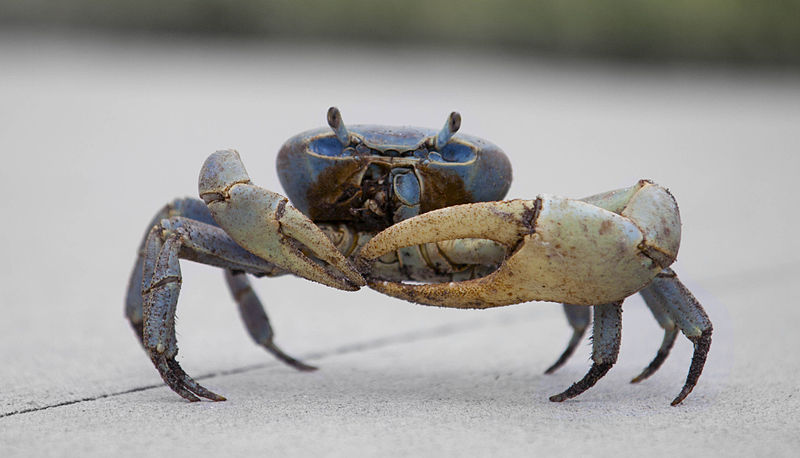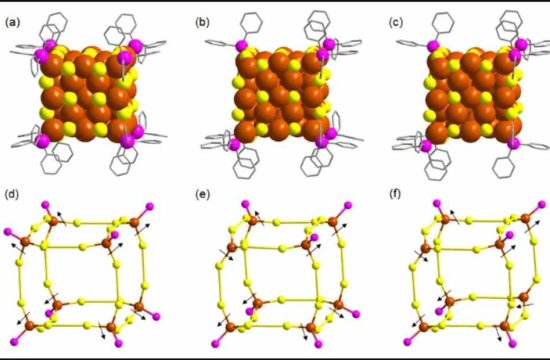Combining a sugar derived from crab and shrimp shells with nanomaterials could lead to applications that enhance bone regeneration and wound healing.

Copyright : Alex Barabas
A review of the latest research shows that combining a sugar, obtained from crab and shrimp shells, with a variety of nanomaterials could lead to the development of biomedical applications that enhance bone regeneration, wound healing and targeted drug delivery.
The review, published in the journal Science and Technology of Advanced Materials, provides an overview of the different nanomaterials that are being tested in combination with chitosan, the methods used to prepare the composite materials and the resultant properties that make them suitable for applications in the biomedical field.
Chitosan is a sugar that is typically derived from shrimp and crab shell waste and is known for its biocompatible, biodegradable, antibacterial, antifungal, analgesic and haemostatic (stops bleeding) properties. This makes it an excellent candidate for a number of biomedical applications, if not for the fact that it has limited mechanical strength. Researchers are working on developing composites that combine chitosan with “nanofillers”, making the resulting material stronger. A successful composite is one in which the filler is well-dispersed within the composite material, so that it can interact strongly with chitosan.
[pullquote]“The vast opportunities shown by these materials, allied with their incredible nanotechnology potential, is expected to revolutionize the biomedical field in the near future,” the researchers conclude.[/pullquote]
Scientists are finding some success in combining bioactive glass nanoparticles with chitosan to develop synthetic bone grafts. Bioactive glass is a glass-ceramic biomaterial that binds well to physiological structures such as bone. Bone cells were found to grow relatively quickly and cover grafts made of bioactive glass and chitosan.
Graphene oxide has been used in combination with chitosan to develop “nanocarriers” that can deliver drugs to target tissues, avoiding the negative side effects that conventional drugs can have on other tissues of the body.
Silver nanoparticles are being tested as nanofillers in combination with chitosan to develop wound dressings with antibacterial properties.
Also, haemoglobin (the protein in red blood cells that carries oxygen through the body), silver nanoparticles and graphene have been combined with chitosan to develop a biosensor that can detect hydrogen peroxide, a dangerous by-product of some industrial processes.
Further research is needed. More focus is required on improving the dispersion of nanofillers within the chitosan matrix, the researchers say. How these composite materials degrade is another area that needs further pursuit. Also, more research is needed to understand how these composite materials interact with host tissues in the body and whether these materials can be sterilized using conventional methods so that they can be applied in clinical practice.
“The vast opportunities shown by these materials, allied with their incredible nanotechnology potential, is expected to revolutionize the biomedical field in the near future,” the researchers conclude.








